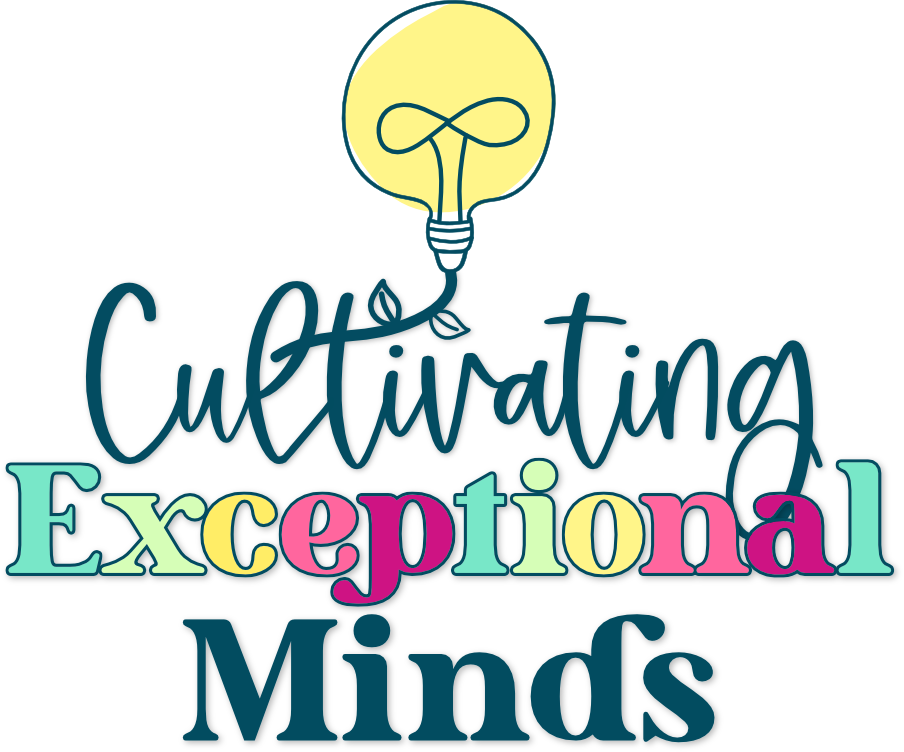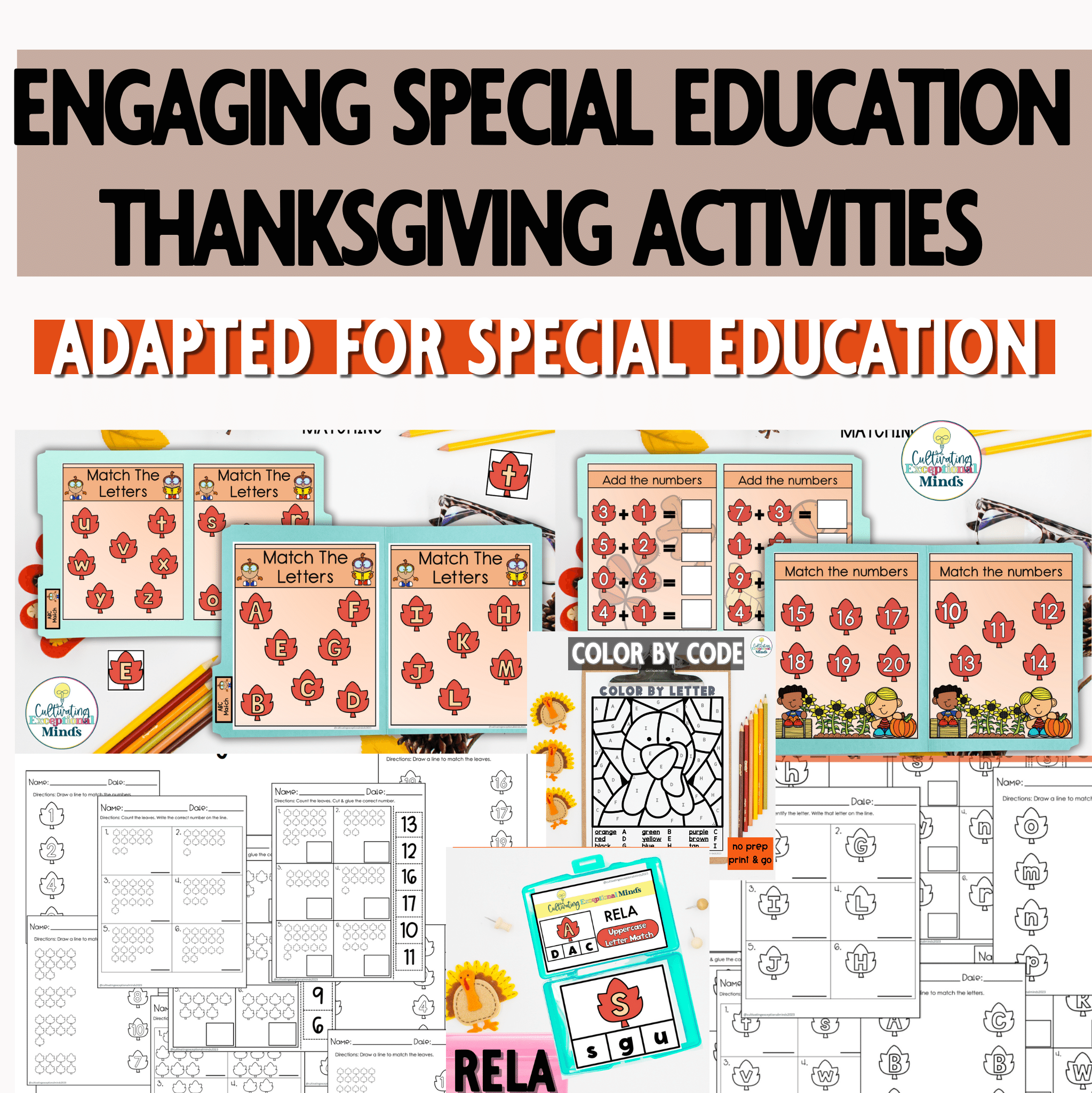Training new paraprofessional special education? Welcoming new paraprofessionals to your special education classroom can be both exciting and challenging. Effective training is essential to ensure that your new team member is well-prepared to support your students and contribute to a positive learning environment. To help you get started, we’ve put together some key strategies for training a new paraprofessional, along with essential resources like our Para Checklist, Paraprofessional Manual, and Training Videos to help with Training new paraprofessional special education.
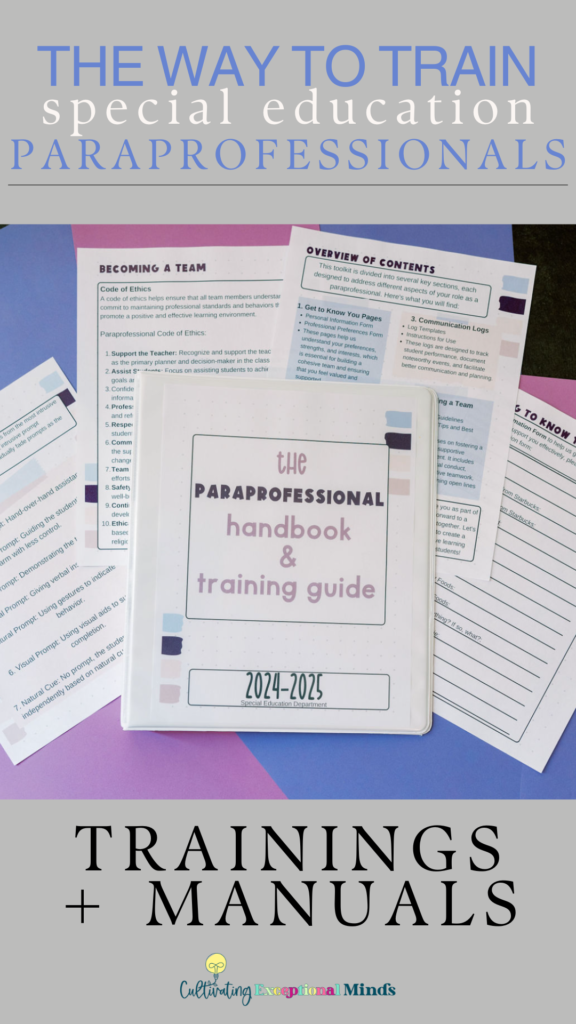
Start with a Warm Welcome
Begin by making your new paraprofessional feel welcome and valued. A positive first impression sets the tone for a productive working relationship. Introduce them to the team, give a tour of the school, and provide an overview of your classroom and its unique dynamics.
Outline Roles and Responsibilities
Clearly define the roles and responsibilities of the paraprofessional. Use our Para Checklist to ensure you cover all the essential tasks and duties they will be responsible for. This checklist provides a comprehensive overview of daily, weekly, and monthly tasks, helping your new para understand their role in supporting student learning and classroom management.
Provide Comprehensive Training
Effective training is crucial for a smooth transition. Utilize our Paraprofessional Manual as a detailed guide to cover all aspects of the job. This manual includes information on:
- Classroom procedures and routines
- Behavior management strategies
- Communication protocols
- Instructional support techniques
By reviewing the manual together, you can ensure your paraprofessional has a solid understanding of their duties and expectations.
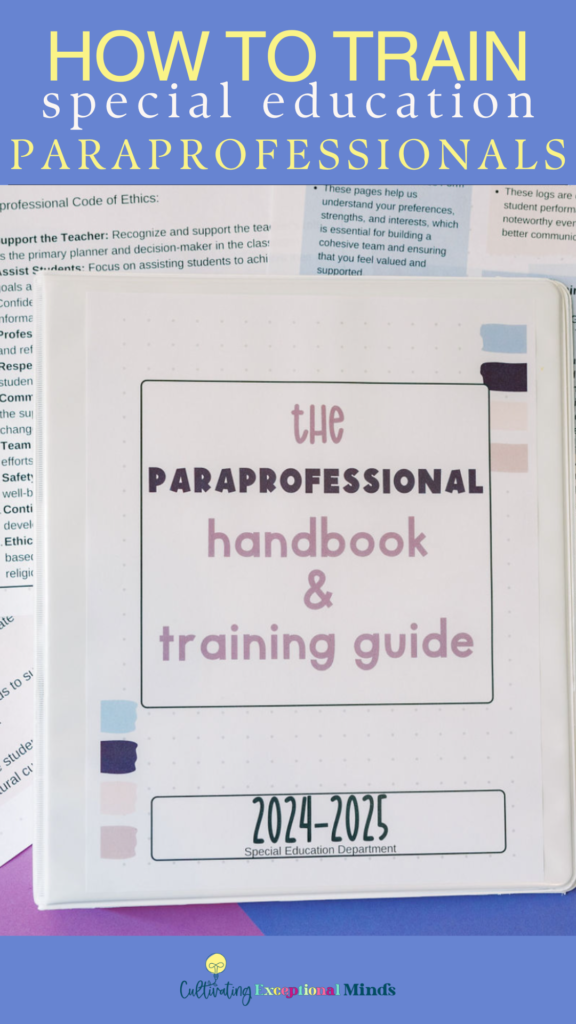
Use Training Videos for Demonstration
Sometimes, visual learning can be more effective than reading a manual. Our Training Videos offer step-by-step demonstrations of key tasks and strategies. These videos cover topics such as:
- Implementing behavior management plans
- Assisting with instructional activities
- Using adaptive equipment and technology
- Facilitating small group or one-on-one instruction
Encourage your paraprofessional to watch these videos and discuss any questions they may have afterward.
Foster Open Communication
Maintain open lines of communication with your paraprofessional. Schedule regular check-ins to discuss their progress, address any concerns, and provide feedback. Encourage them to ask questions and share their insights. Open communication fosters a collaborative working environment and helps build trust.
Encourage Observation and Hands-On Practice
Allow your paraprofessional to observe your teaching methods and classroom routines. Gradually involve them in hands-on tasks, starting with simple responsibilities and progressing to more complex duties. This gradual approach helps build their confidence and competence.
Provide Ongoing Support and Professional Development
Training doesn’t end after the first few weeks. Continue to provide support and opportunities for professional development. Encourage your paraprofessional to attend workshops, webinars, and training sessions. This ongoing learning helps them stay updated on best practices and enhances their skills.
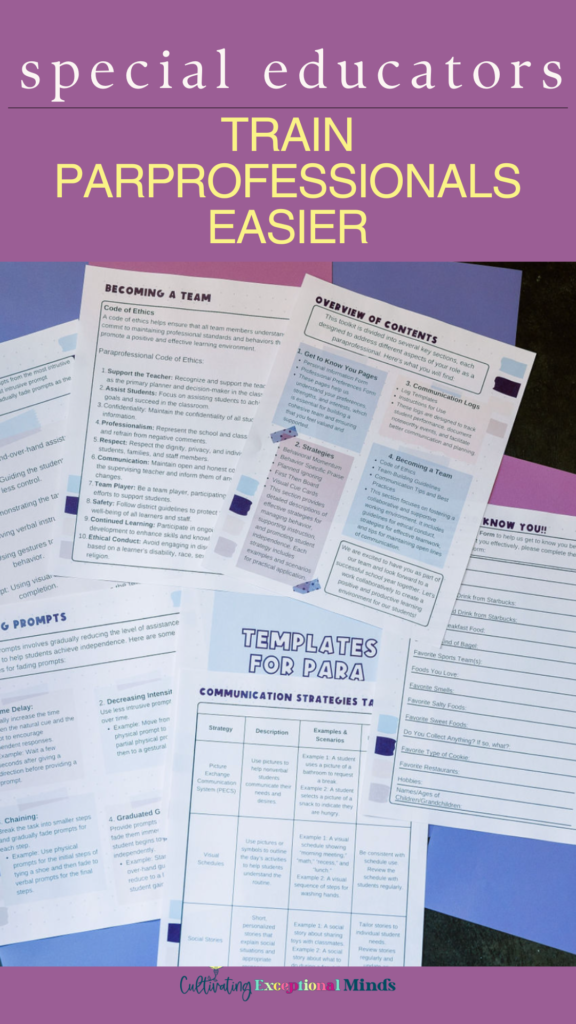
Benefits of Using Our Training Resources:
- Para Checklist: Ensures all essential tasks and duties are covered.
- Paraprofessional Manual: Provides detailed guidance on classroom procedures, behavior management, and instructional support.
- Training Videos: Offers visual demonstrations of key tasks and strategies.
Training new paraprofessional special education effectively? Explore our Para Checklist, Paraprofessional Manual, and Training Videos to ensure a comprehensive and smooth onboarding process. These resources are designed to support you and your paraprofessional every step of the way, creating a positive and productive classroom environment.
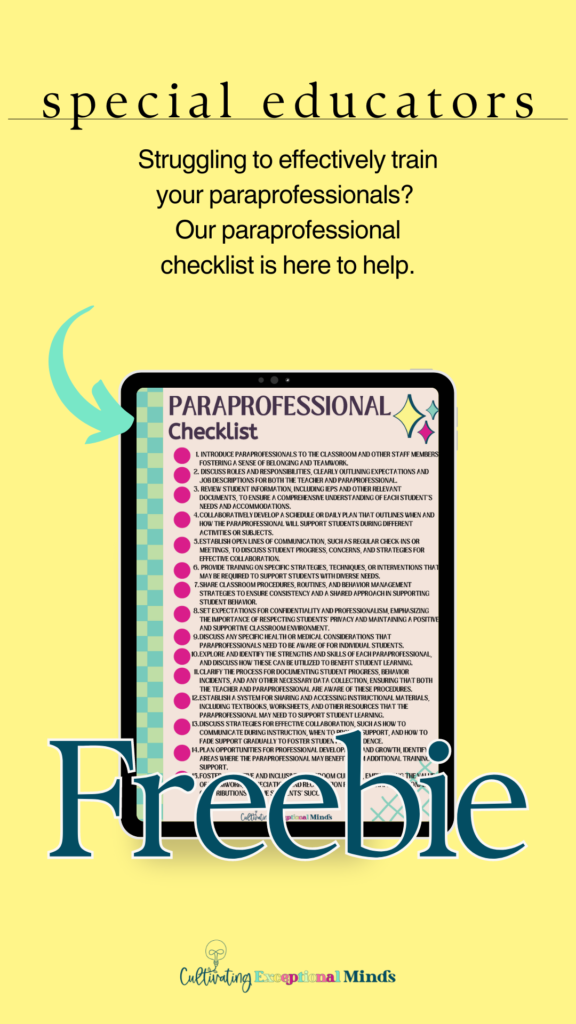
Check out our training resources here: Find The Para Checklist, Manual, and Videos here
Training a new paraprofessional is an investment in your classroom’s success. By providing clear guidance, effective training, and ongoing support, you can help your new team member become a valuable asset to your classroom. Don’t miss out on these essential resources—explore them now and set your paraprofessional up for success!
